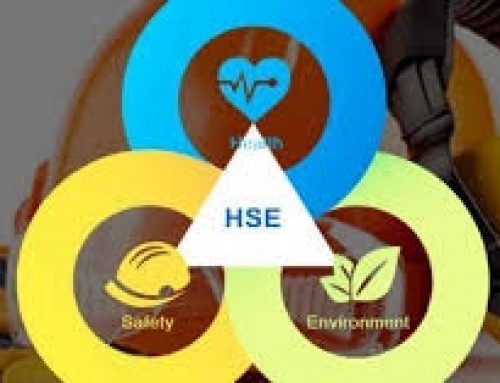Project Supervisors working with the HSE
Project Supervisors working with the HSE staff should review upcoming jobs to determine the need for a JSA.
Factors to consider during this process include:
- Hazards associated with the job
- Frequency of performance of the job
- Skill level of personnel performing the job
- Depending on the nature of the job, other administrative tools such as the various work permits (safe work permit, radiological work permit, hot work permit, or confined space entry permit) may be used instead of, or in conjunction with, the JSA. The HSE department will provide guidance to determine the applicable requirements and most suitable approach.
Before examining a job for potential hazards, line supervisors should define the job as a sequential series of tasks or steps, ensuring that the process does not result in either excessive or insufficient detail.
Close observation and knowledge of the particular job are required if the JSA is to be effective in defining job hazards. To ensure that all hazards associated with a task (job step) are identified, observers should examine hazards produced by both the work environment and the specific activity being performed, and should consider the following, at a minimum:
- Is there a danger of striking against, being struck by, or otherwise making harmful contact with an object?
- Can the worker be caught in, by, or between objects?
- Is there potential for a slip or trip? Can the employee fall from one level to another or even on the same level?
- Can pushing, pulling, lifting, bending, or twisting cause strain?
- Is the environment hazardous to safety or health? Are there concentrations of toxic gas, vapor, mist, fumes, or dust? Are there potential exposures to heat, cold, noise, or ionizing radiation? Is there explosive or electrical hazards?
The methods that can be used to aid hazard identification include the use of accident investigation and accident statistics, safety audits, workplace inspections, discussions, safety meetings, etc.


